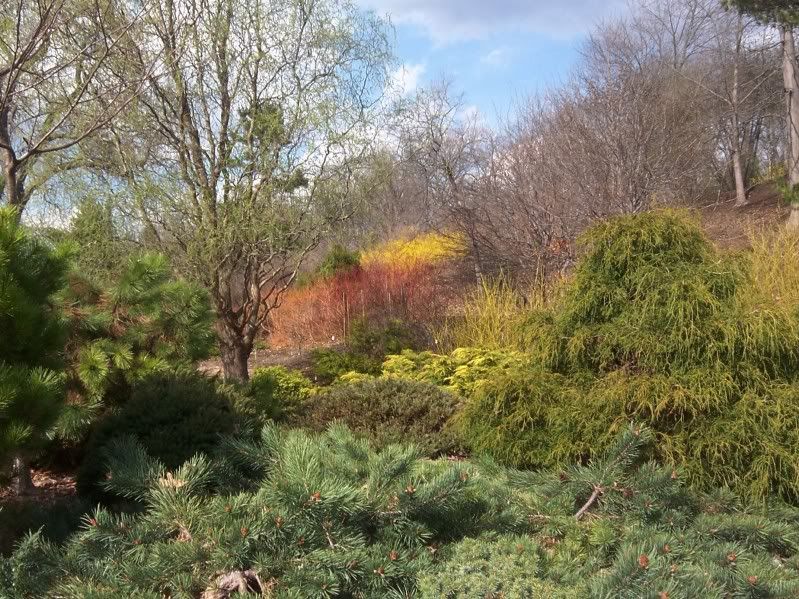
This species is found in Central America and as I understand it, not much is known about its relationship with bryophytes, but it's definitely spectacular looking!
On another note, today, after 8 months of wishing, studying, traveling, networking, intense energy focusing and anticipation, I have finally heard the news I have been waiting to hear: I have been selected as the new fellow for Cornell Plantations Graduate Fellowship in Public Garden Leadership! This year only one position was available for this fellowship making the waiting even more nerve-wracking. After hearing the news I promptly started jumping up and down, squealing, dancing, laughing, crying and in general going strait up bananas.
Ever since my curatorial internship at Mt. Cuba Center, I have set my sights on following (or perhaps in my case, blazing) a path to become a curator of a botanical garden. Talking with Amy Highland, the plant recorder at Mt. Cuba, enlightened me to the prospect that perhaps not all is lost in trying to find a career working with plants that did not involve retail/wholesale, angry/unreasonable customers, mindless deadheading/weeding, etc. It nearly blew my mind that there was someone out there who shared my passion for plant taxonomy, and I would spend the next several months working with her!
I figured the next step in my journey was to attempt to go back to school. Of course there are only 2 institutions who offer a Masters in this field: Cornell University and University of Delaware (Longwood Gardens Graduate Program). I really wanted to go back to upstate New York and Cornell was my chance! Plus I have an affinity for plants of the Northeast, sorry Piedmont...

Earlier this month I made a trip up to Cornell University in Ithaca, New York to give a presentation to a selection committee consisting of directors, professors and fellows on my past, present and future interest in the public garden field - basically an interview. Of course I talked about my mossy endeavors at Mt. Cuba which seemed to strike an interest in the panel. But what really got them going was my announcement that I would potentially like to tackle the ever-so-controversial topic of the misuse of trademarks in horticulture for my "action project". This ignited a 10 minute tangent questioning the importance of nomenclature consistencies in horticulture between the members of the panel (everyone having their own opinion). At that point I could safely say that my presentation would not be forgettable, and perhaps that was a good thing.
Not only is Ithaca "Gorges" but it is also full of beautiful mosses (I wouldn't be myself if I didn't go mossing around the area). One in particular caught my eye during a little trip around town. I eventually found myself in front of Ithaca Falls, on the west side of campus, and there, covering a rock face was Bartramia pomiformis.

I had never seen this moss in the field, but using only memories of drawings in my moss books I instantly recognized this distinguishable species. This delicate moss forms bright green, loose turfs, that to me, create a texture reminiscent of Hakonechloa on a miniature scale. Perfectly round capsules float on short setae, giving them a celestial appearance. I just love the juxtaposition of textures between the gametophyte and sporophyte. The common name of this bryophyte is apple moss - alluding to the pome-like sporophytes.
Here's to embarking on new beginnings...


